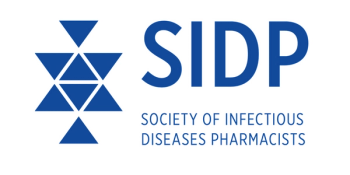
Reinfection for BA.2 After Omicron is Rare
Although it is possible, a small Danish study showed the majority of these cases were often mild and in unvaccinated individuals.
On Friday, the Centers for Disease Control and Prevention (CDC)
The decision was made with trying to balance the public health needs with acknowledging fatigue of Americans who are coming up on the 2-year anniversary of the pandemic.
New case loads, hospitalizations, and local hospital capacity were all parts of the criteria in deciding what level individual counties should be considered.
In terms of new case loads, the CDC has reported they have been going down for weeks and in its most recent weekly accounting, which was February 16, the 7-day average showed daily new cases (121,665) had decreased 43% compared with the previous 7-day moving average (213,625).
Since mid-December the dominant strain in the US has been Omicron (BA.1). From its lineage is its cousin, BA.2, which just last week had then
Still concerns remain about BA.2. That strain has been reported to be 30% more transmissible than BA.1, and public health officials remain vigilant to see if it will again increase incidence rates in the US.
With Omicron and BA.2 coming so close together, questions have arisen for those people who are vaccinated or recently infected, and if these groups have immunity from the newer variant.
Reinfection is Possible, But Rare
In a smaller Danish study performed by the Statens Serum Institut (SSI), investigators demonstrated that people can be reinfected with BA.2 after having initially be infected with BA.1. However, the investigators also reported the majority of the reinfection cases were mild.
In Denmark, Omicron was first detected last November, and just over 1.8 million Danes have tested positive for COVID-19. And a majority of those with Omicron in December were affected by BA.1. That changed in January when BA.2 gradually grew in prevalence and is now the dominant variant.
The SSI investigators discovered 1739 cases registered between November 21, 2021 and Feb 11, 2022, where people had tested positive twice between 20 and 60 days apart.
They saw 67 cases in which the same individual had become infected twice at a 20-60-day interval and where both the infections were Omicron subtype variants.
In 47 of the cases, the affected individuals first became infected by BA.1 and then by BA.2. The majority of the infected were young and unvaccinated, and most experienced mild symptoms during their infections. The difference between the severity during their first and second infection was negligible. None of the infected individuals had become seriously ill, and none required admission to hospital.
“Omicron BA.2 reinfections after either Delta or BA.1 initial infections, were mainly observed among young individuals below the age of 30 and the majority of these cases were not vaccinated, further emphasizing the enhanced immunity obtained by the combination of vaccination and infection compared to infection induced immunity only,“ the investigators wrote.
The study was published as a preprint on
Newsletter
Stay ahead of emerging infectious disease threats with expert insights and breaking research. Subscribe now to get updates delivered straight to your inbox.






























































































































































































































































































